Charity leaders and digital specialists have important roles in stewarding digital change at their organisation to transform fundraising, communication and services.
Here are ten steps to bear in mind when planning a digital project.
1. Start with the user
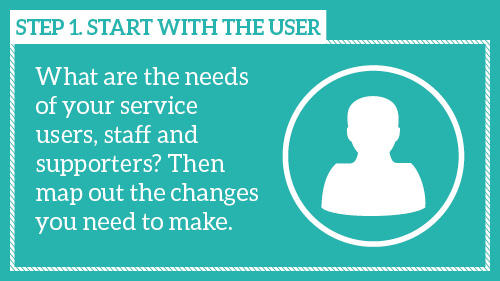
When planning your digital project, it’s easy to start in the middle with ‘we need a new website’. But the project needs to go back to the start, and identify if these are really the most essential things, and why. What are the needs of your service users, staff and supporters? What other technology do they currently use? Then you can start to map out the changes you need to make to serve them in the best way, and what outcomes you want to achieve.
2. Decide where you want to end up
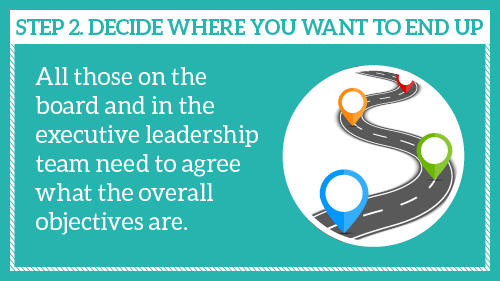
It’s surprisingly common to start a project without a clear idea of the result you want, and if this happens, you could find that later on, costs spiral while deadlines get pushed back. It’s especially important at this stage that all those on the board and in the executive leadership team are in agreement about the overall objectives and how they hope these will be delivered.
3. Do some research
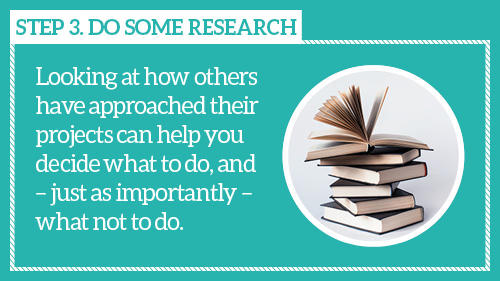
The chances are that you won’t be the first charity to have realised that digital could be the solution to a problem. Looking at how others have approached their projects can help you decide what to do, and – just as importantly – what not to do. As well as doing online research try meeting with people who have recently completed a similar project to ask their advice. Try to get an idea of how much your project is likely to cost, and how you might fund it.
4. Get everyone excited
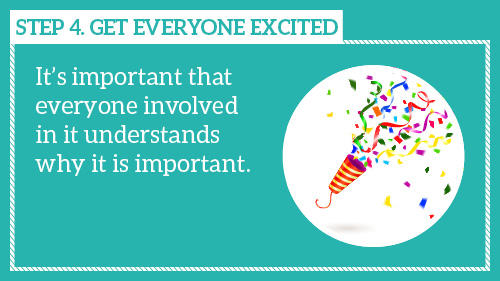
Everyone involved in it needs to understand why it is important. If you’re thinking of relaunching a website start by making sure that everyone realises why the current site needs updating. Maybe users are finding it hard to access information or it does not process online donations. Digital projects can be long and painful. If trustees, staff and volunteers don’t start with a clear and positive outlook things can go badly wrong.
5. Identify skills gaps
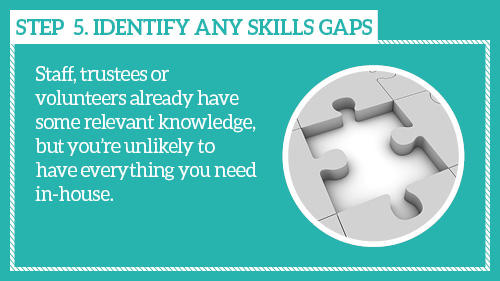
Staff, trustees or volunteers already have some relevant knowledge, but you’re unlikely to have everything you need in-house. A skills audit can be a useful way of working out whether you need to recruit a ‘digital’ trustee, hire more staff or build the skills internally.
6. Make sure you can pay for it

Now you know what you want it’s time to get some quotes and decide how to pay for it. Some charities find themselves in the fortunate position where they have enough in reserve to set aside the budget for the project at the start. In other cases you may need to look at a public fundraising campaign or approaching grantmakers for support. Traditionally it has been difficult to get funding for digital projects so it’s important you’re targeting the right people and clearly articulating how the project will support your organisation. If you expect to make savings or generate revenue, social investment may be the best option.
7. Hire externally
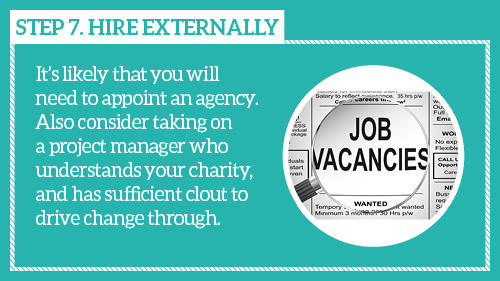
It’s likely that you will need to appoint an agency to work on the project. It is important to choose one that understands the culture and mission of your organisation and is capable of delivering what you need. Most agencies will list current or previous clients on their website. Make sure clear lines of communication are established between the trustees, staff and point of contact at an agency. Consider taking on a project manager who understands your charity, and has sufficient clout to drive change through.
8. Keep involved
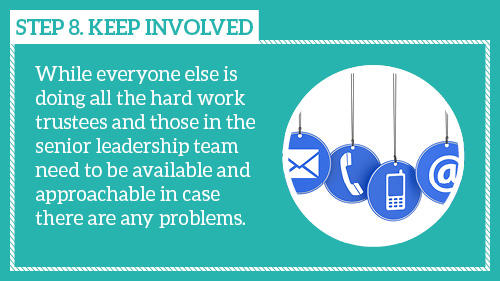
While everyone else is doing all the hard work trustees and those in the senior leadership team need to be available and approachable in case there are any problems, or changes need to be made. Make sure you manage workloads, because the majority of the work will fall on the staff at the charity, who will have to do their day jobs as well. If something isn’t working as you hoped, the sooner it is sorted the better. The closer you get to the launch of a product or completion of a project the more frequently you may need to step in.
9. Share results and listen to feedback
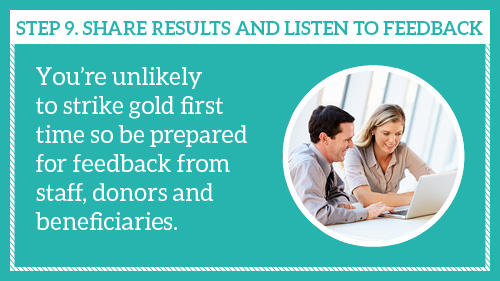
You’re unlikely to strike gold first time so be prepared for feedback from staff, donors and beneficiaries about how the new tool is working for them and make changes accordingly.
10. Celebrate success

After all that hard work don’t forget to make sure everyone involved feels a sense of accomplishment. Then think about what should happen next and ensure that the momentum isn’t lost – it won’t be long before that new website begins to look a bit tired and needs a refresh.
Related articles
test words












